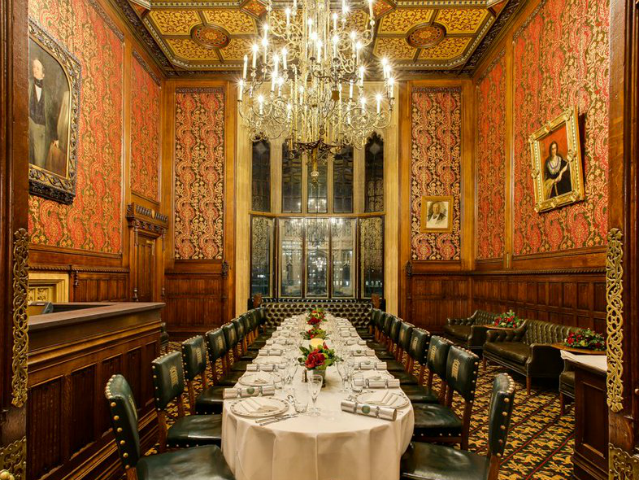The corridors of Britain’s Parliament are to be given a politically correct makeover as officials want to see the portraits of notable statesmen replaced by those of black and ethnic minority (BAME) people in a bid to modernise the telling of British History through art.
Currently, just four of the 310 portraits in the parliament’s collection depict BAME figures, a situation parliamentarians want to change with a £25,000 commission for an artist to create six artworks pertaining to the development of race discrimination legislation and its impact on communities around the UK.
Those six images will then be donated to the communities, but a seventh designed to summarise the project will be permanently displayed within parliament, the Telegraph has reported.
Alison McGovern, a Labour MP and chairman of the Speaker’s Advisory Committee on Works of Art, said: “The art on the walls of the Houses of Parliament reflects the values and interests of the Victorians who commissioned it, and it tells a particular story about British history before the twentieth century.
“Unsurprisingly, it has long been noted that these artworks do not reflect either the modern or historic diversity of the UK’s population.
“The Works of Art Committee is committed to rectifying this by increasing, over time, the representation of women and ethnic minorities.”
The commission is not the first time the matter has been broached. In 2014, a report by the All Party Parliamentary Group on Women, an informal interest group made up of MPs, decreed the art within parliament should be subject to a “gender audit” to avoid putting women off becoming MPs.
Conservative MP Mary McLeod, chairman of the group at the time, said: “We are not trying to take away the history of Parliament, but we do want to make it look more aspirational and modern. These sort of pictures build the unconscious bias towards men, saying this is a male Parliament, built by men and for men.
“It’s slightly out of touch. We have moved a long way in the last decade but there is so much more to do. We need to make it look like a place that’s encouraging women to participate.”
The report was endorsed by the leaders of the Conservative, Labour, and Scottish National parties.
The latest commission comes as a committee chaired by the Speaker of the House of Commons, John Bercow, agreed to scrap a long-standing rule stating that portraits of former MPs must not be hung within parliament until ten years after their deaths.
Although the rule was relaxed in the 1990s, the committee plans to replace it with new guidelines stating that MPs must have been out of the Commons for two terms before their portraits can be hung.
Currently, the four pictures depicting BAME parliamentarians feature likenesses of the first black leader of the House of Lords, Baroness Amos, Paul Boateng, the first black cabinet minister, Diane Abbott, the first female black MP, and the first Asian MP, Dadabhoy Naoroji.
The portraits of Ms. Abbott and Mr. Boateng hang in Portcullis House, an annex to the Palace of Westminster opened in 2001, which meant they were not subject to the ten year rule. Baroness Amos, as a member of the Lords, is not subject to it.

COMMENTS
Please let us know if you're having issues with commenting.